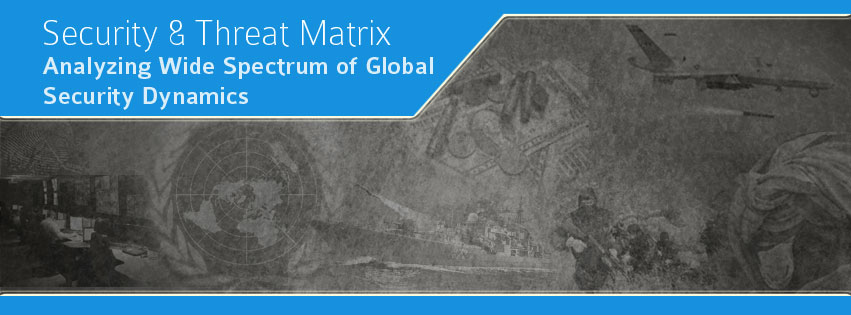(IHS Jane's) The Pentagon has confirmed that an "unsafe" encounter occurred in mid-September when a US Air Force RC-135 Rivet Joint reconnaissance aircraft was intercepted by Chinese fighter aircraft over the Yellow Sea.
The latest incident follows one in November 2014 when a People's Liberation Army Navy (PLAN) Shenyang J-11B interceptor performed what US officials called a "dangerous" manoeuvre close to a US Navy Boeing P-8A maritime patrol aircraft in international airspace off Hainan Island in the South China Sea.
Speaking at a regular briefing in Washington, DC, Pentagon press secretary Peter Cook confirmed that a RC-135 was intercepted on 15 September by a pair of Chinese Xian JH-7 fighter-bombers in international airspace over the Yellow Sea.
Cook added that the intercept happened about 80 miles east of the Shandong peninsula, and that "one of the manoeuvres conducted by the Chinese aircraft during this intercept was perceived as unsafe by the RC-135 air crew" although he stressed that there was no indication that a near collision had occurred.
The intercept was originally reported by the Washington Free Beacon website, which described the JH-7 as having "crossed very close" to the nose of the RC-135.
Analysis:
With global power transformation acceleration, the existing global power is reacting to the overtures being made by inspiring global power. US and Chinese strategic interests are heading towards a collision course with the rise of Chinese military power. The US is desperate of keep an eye on Chinese development along the entire Pacific Rim of Indian Ocean but Chinese are now openly confronting such US moves.Question remains if any of these two major economies and militaries can afford such head on collision? Whatever may be the outcome of any such eventuality for both of these, it certainly would be catastrophic for the entire Asia.







